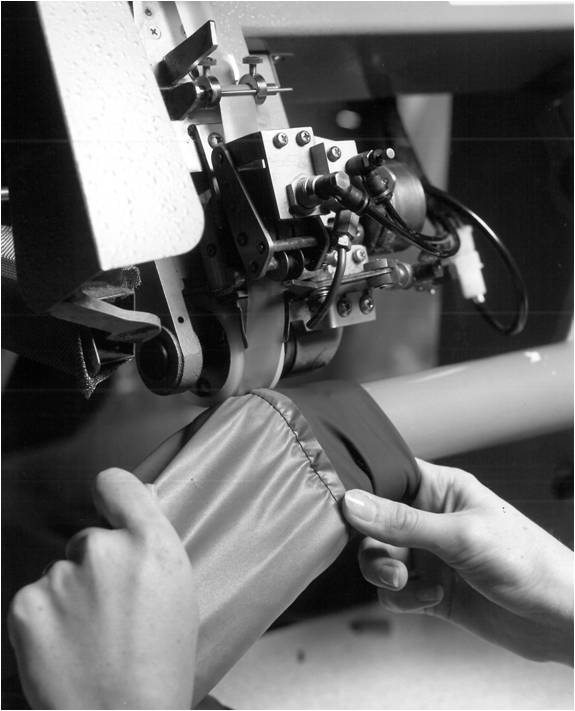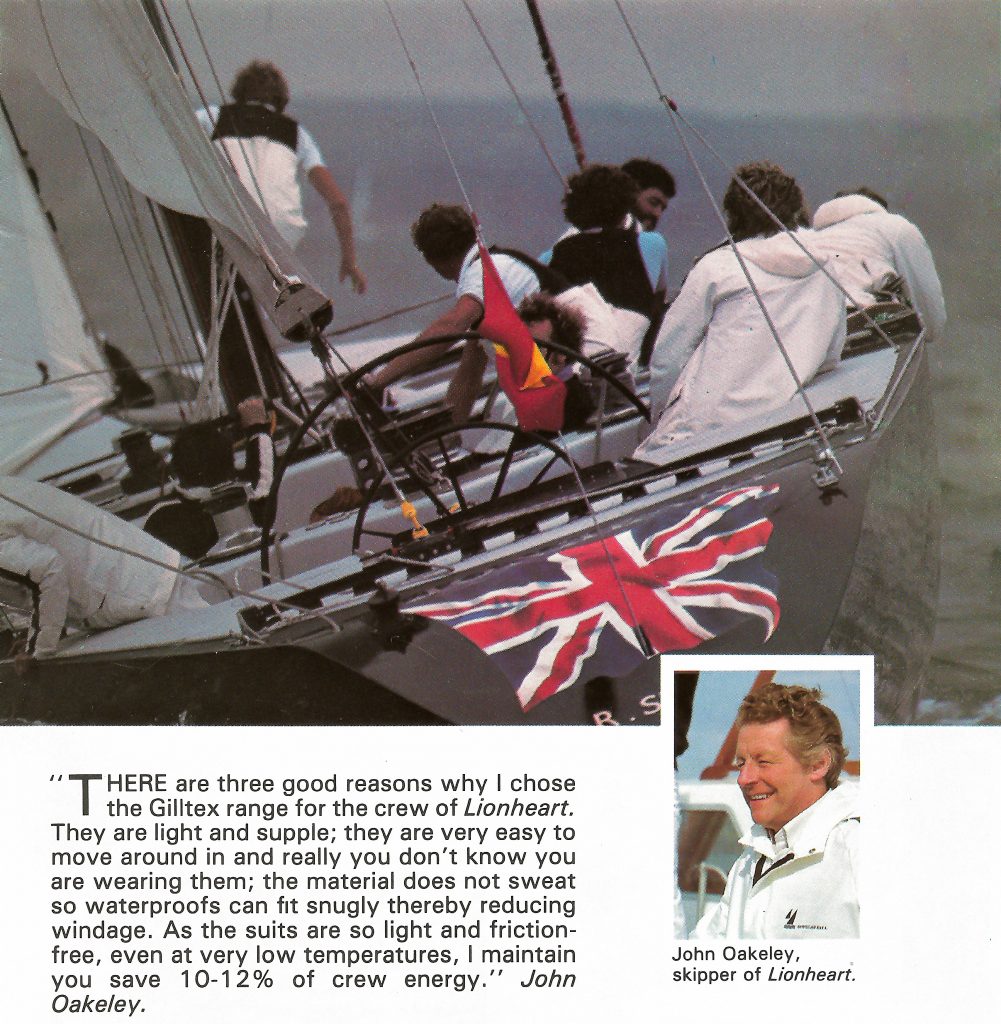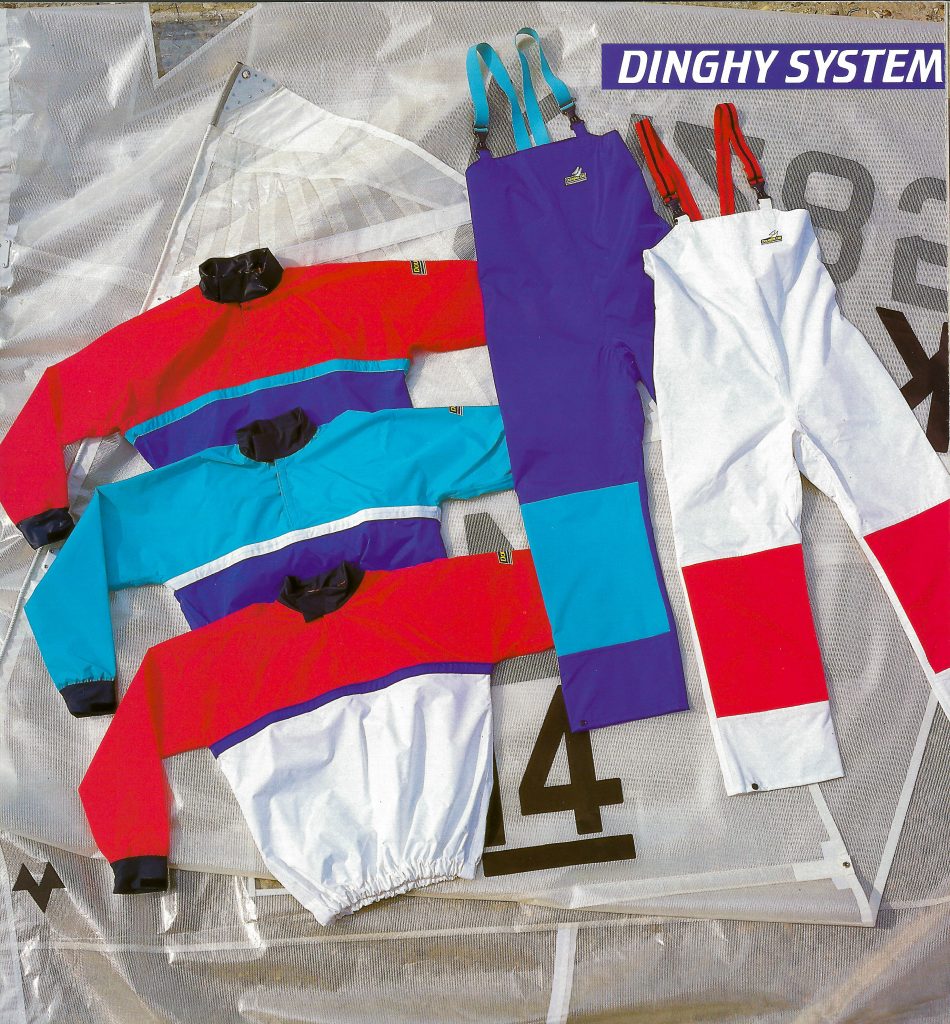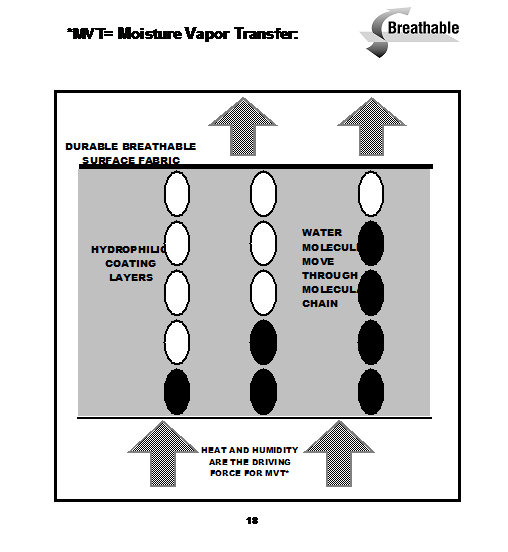SAILING CLOTHING IN THE 1980s
Posted by gill_admin on 8th Sep 2016
In part two of our history of sailing clothing, following on from a look at the 1970s, our founder Nick Gill looks at what sailing clothing was like in the 1980s.
The 1980s was a time of rapid change and development in the technical sailing clothing industry, particularly towards the end of the decade. Probably the single biggest innovation occurred in the manufacturing technology with the invention of the hot air taping machine. Making a fabric waterproof was one thing. But the minute you started to turn it into a garment with a sewing machine you filled it with tiny holes. The more sewing, then the more potential for water penetration.
Additionally with sailing you tended to sit in water, or it would come over the decks in buckets full. Compare this to a walking jacket where rain just came from above in raindrops. The seam-sealing process was an essential part of making good technical sailing clothing.
In the last blog I talked about the limitation of sealing seams that usually involved applying an adhesive over the seams. It was impossible to make it completely watertight, certainly for any length of time. We attempted to improve the situation by avoiding seams in key areas such as over the shoulders or the seat area of the trouser, but again it was not perfect.
Taped Seams
So when in 1983 a German company, Pfaff, introduced a machine that would heat-apply a tape over a sewn seam, it was major breakthrough for us. I believe Gill had the first hot air taping machine in the marine clothing sector, and we launched our first garment, a fully waterproof one-piece suit later that year.

Getting used to the machine took time, and the settings were crucial. Too hot and it burnt the fabric; not warm enough and the tape peeled off. Trial and error, and testing, was the only way. Once established, this opened up a whole new area of design and development opportunities.
Today there will be many thousands of these machines routinely making garments waterproof. Gill however was very much at the pioneering end of it, and I personally spent many an hour trying to get the best out of the machine.
Offshore Racing
The 1980s also saw big offshore yacht races gather momentum, such as the Whitbread Round the World Race - now known as the Volvo Ocean Race. The 1981/2 race was Gill’s foray into ocean racing when we were selected to supply the Maxi Yacht FCF Challenger skippered by Leslie Williams.

The projected involved taking an existing sailing clothing and modifying it to withstand the rigors of ocean sailing. A heavier more durable fabric was used and reinforcing panels attached to areas of high wear. The Yacht finished 16th out of 29 starters just ahead of Chay Blyth in United Friendly. The feedback was really valuable in developing future products and helped us build on our reputation for technical innovation.
Another key project was being selected to supply the 1980 America's Cup challenger Lionheart K18, the first British challenge for very many years. The yacht was skippered by Sir John Oakeley and he commissioned Gill to make some truly innovative clothing. I recall a memorable meeting with him at the Birmingham Boat Show when he outlined his wish list. These included detachable sleeves, zips in the arms and legs that could be tightened to reduce windage. It was a long list and miles away from any conventional sailing clothing. But I returned to the factory and our Product Development department of just one person, with an enthusiasm only a 27 year old trying to make his way in a new business could probably achieve. The garments were years ahead of their time. Sadly we did not keep a garment for the archive. The business was too young to consider a history and was already looking for new challenges.
Towards the end of the decade Gill was becoming established within the marine clothing sector and exporting to Europe and North America. Our innovation continued and one of the next breakthroughs in design changed the dinghy sailing clothing sector forever with a game changing product that became an industry standard.
Dinghy Sailing
As an avid dinghy sailor I spent too much time whilst sailing thinking about product innovation and not enough concentrating on my sails and boat speed. The product innovation undoubtedly won out and in 1989 the Dinghy system was born. The standard gear for most dinghy sailors at that point was a waterproof one-piece suit that could be worn over a wetsuit for protection, or in warmer conditions just as an out layer. As I sailed up and the River Trent weekend after weekend I became too aware of the limitations of a one-piece suit. It was either on or off. No flexibility.
What emerged in my thinking was a pair of slim-fitting chest high trousers, and a waterproof smock top with neoprene around the waist and an effective soft PU neck seal around the neck. The end result was two garments that could be worn individually or together, and combined they gave considerably more protection than the one-piece suit. We used a medium weight, breathable proofed nylon fabric and taped the seams using our new technology, the seam sealing machines.

The product was an instant success and became an industry standard. The products are still in our range today 25 years later known as the Pro Top.
Breathable Fabrics
The Eighties also saw the beginning of breathable fabrics in sailing clothing. To begin with the conventional polyurethane coating was developed into a hydrophilic coating. This was breathability through absorption of moisture by a process created through a mixture of hydrophobic (water hating) and hydrophilic (water loving) molecules. The moisture is absorbed through the chemical chain and pushed to the outside of the garment.

The early garments tended to be for the lighter to middle end of usage such as dinghy sailing or inshore and coastal use.
Next time we’ll look at the 1990s, where breathable fabrics became available for offshore use for the first time. Garments became lighter, and the range of products available for the sailor gathered momentum.
Read the other articles in this series: Sailing Clothing in the 1970s | Sailing Clothing in the 1990s

